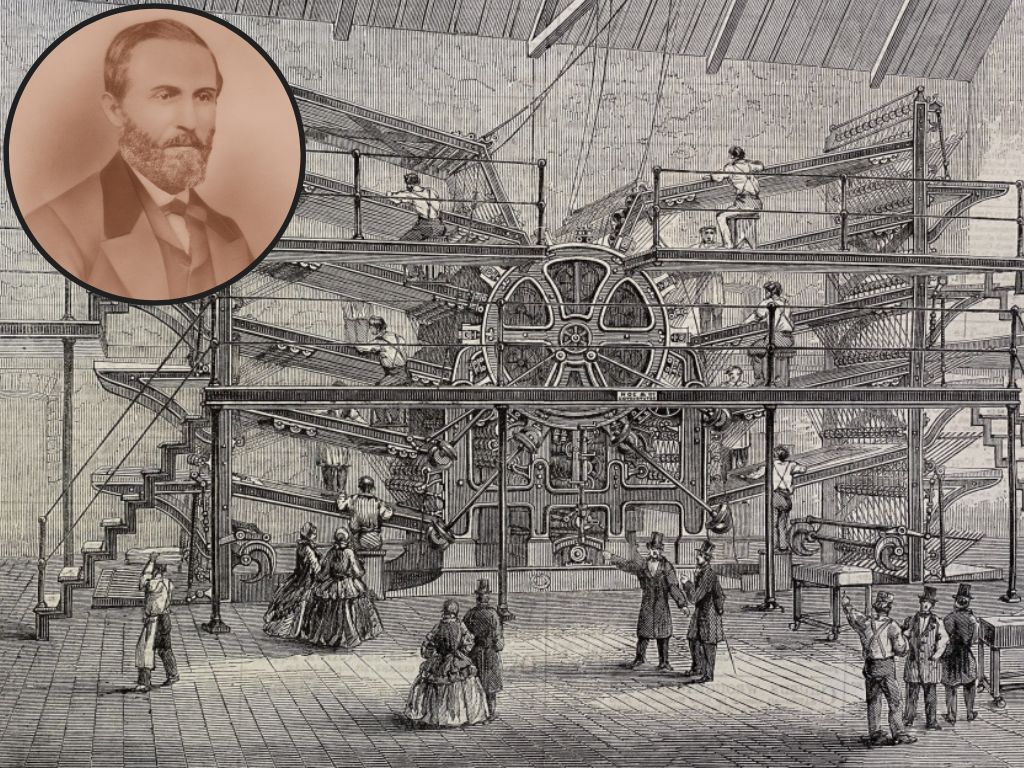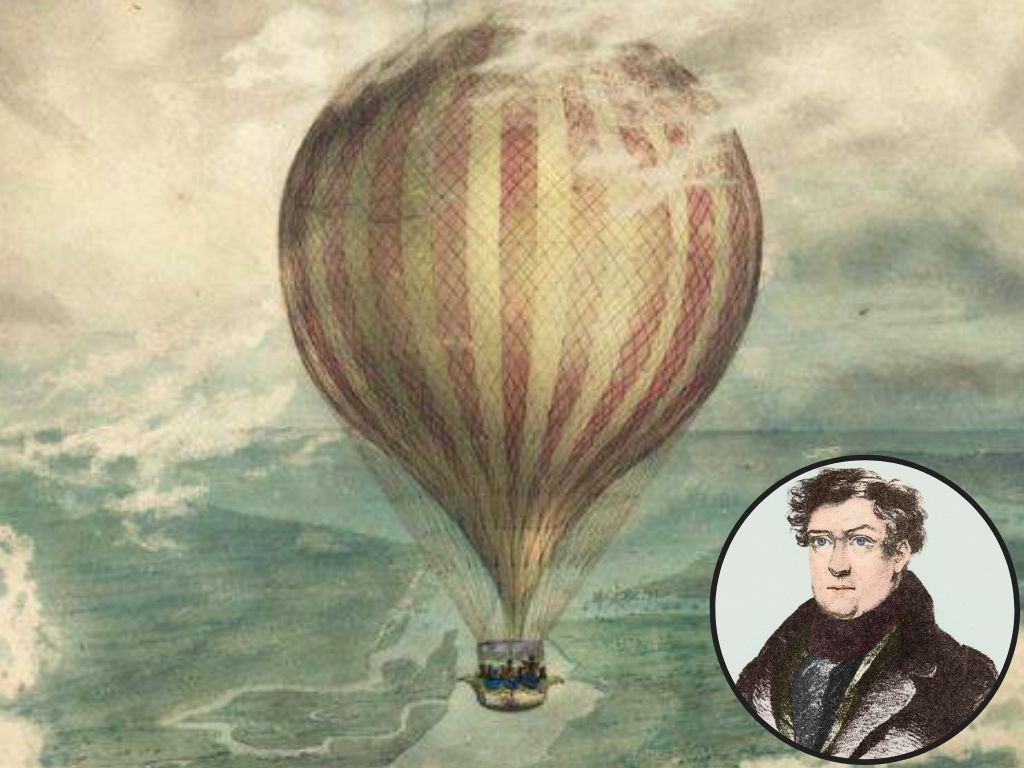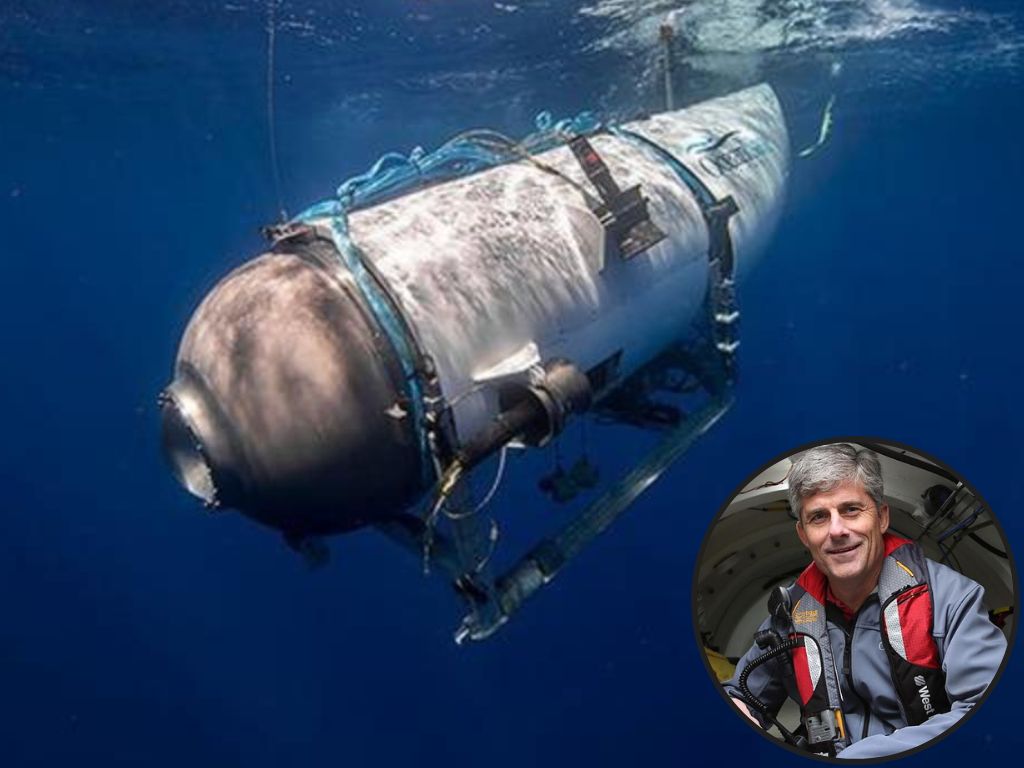Throughout history, people have put themselves in dangerous situations to pursue knowledge, notoriety, and innovation. Many of these inventors have tragically lost their lives during the process of these risky pursuits.
Ultimately, there’s a lesson to be learned in each of these stories. Here are five inventors whose creations brought about their ultimate demise.
William Bullock – The Rotary Printing Press

The game-changing alterations that newspaper editor William Bullock made to the rotary printing press were a revolution in the printing press world. Bullock’s revolutionary patent was important because the paper didn’t need to be loaded by hand. A continuous roll of paper would seamlessly flow through a printing press, allowing factories to enhance their printing speeds by printing from 8,000 to 10,000 sheets each hour.
While Bullock was installing a printing press one day, the machine got hold of his leg and crushed his foot. As a result, Bullock suffered from a gangrene infection, and the amputation of his leg killed him a few days after. Some records have conflicting reports, saying that Bullock kicked the machine while trying to install the press – which is how his foot and leg got stuck. Thus, the accident occurred.
Robert Cocking – The Parachute

As a watercolor painter mesmerized by air travel, Robert Cocking’s parachute debuted in 1837 at London’s Vauxhall Gardens. Toward the final stretch of the voyage, Cocking fell several hundred feet to his death after detaching his device from a hot air balloon.
There’s one account where Cocking was discovered by laborers working in a field. He was apparently alive briefly after hitting the ground. In another version, park visitors stole his watch, snuff box, and glass eye by the time his body was found. Cocking’s unfortunate demise will go down in history as being the first parachute death ever recorded.
Henry Smolinksi And Harold Blake – World’s First Flying Car

The attempt at the world’s first flying car – called the AVE Mizar – was the idea of inventors Henry Smolinksi and Harold Blake. Even though the pair had some successes early on, they met their fate during a test flight.
The invention combined two cars – the Cessna Skymaster and a Ford Pinto – it was named after a star in the Big Dipper. They had their first test flight on September 11, 1973, departing from the Ventura County, CA airport.
Sadly, Smolinski and Blake’s invention didn’t see the light of day, and black smoke was seen from the car not too long after taking off. The AVE Mizar crashed shortly afterward, and the lives of Smolinski and Blake were lost.
Thomas Andrews – The Titanic

Thomas Andrews was the mastermind behind the “unsinkable ship” called the Titanic, which tragically hit an iceberg and sank while on its maiden voyage. The ship was deemed “unsinkable” due to its 16 watertight compartments, but the scraping of the iceberg caused significant damage.
As the builder of the Titanic, Andrews confirmed that it had three hours to survive as he assessed the irreparable destruction. He stressed the necessity of having more lifeboats, but the focus was placed on having less clutter on the deck and maintaining a better view.
These days, experts believe that the Titanic’s sinking was due to the problem of the rivets holding it together, instead of the quality of its steel. Stockton Rush – The Titan Submersible
Stockton Rush – The Titan Submersible

Last on this list is the most recent and most notorious creation-related death, and it belongs to Stockton Rush, the CEO and founder of OceanGate Expeditions. Rush was behind the building of the Titan submersible, which took five people (including himself) to see the Titanic wreckage.
The crew went missing on June 18, and an intense search lasted for five days. Tragically, on June 22, Coast Guard officials announced that the sub catastrophically imploded 1,600 feet from the Titanic’s remains, resulting in every life lost.
Before the departure, a host of evidence popped up – which suggested Rush blatantly ignored the advice from many about issues with the sub’s safety features. A friend of Rush, Karl Stanley, owner of Stanley’s Submarines, went with him on a test dive in 2019. In an email thread, Stanley warned Rush about the potential dangers of impatience.
Rush responded to Stanley and told him “to keep his opinions to himself.”
